6:01am Monday 20 April 2015
http://www.bournemouthecho.co.uk/search/?search=bear+mead
First published in News
by Alex Winter
HISTORIANS searching for clues that will lead them to the site of an
ancient mill have unearthed a 3,000-year-old spearhead on the site of
a private nature reserve.
The land, once an unwanted flood plain, was transformed into an idyllic
space by Corfe Mullen man John Palmer 12 years ago after it failed to
attract any bids at auction.
After planting 500 oak trees on a stretch of the 25-acre site, Mr Palmer
set about uncovering some of the land's secrets.
The 74-year-old said: "One of my interests is building websites, and I
have designed one that tells the story of Bear Mead.
"Through that website, I received an email from three men who were
interested in locating the site of Lake Mill, which I believe is the
site of the mill for Corfe Mullen mentioned in the Domesday Book.
There would be nothing to see there at all any more, but they were
interested in bringing their metal detectors onto my land, and of course
I said that would be fine. They had barely started searching when they
found the spearhead."
Research conducted by historians has revealed that the spearhead was
created in the Bronze Age - a span of time stretching between 1500 BC
and 700 BC.
As such, it is predicted to be 3,000 years old.
The artefact weighs just 65 grams, and is made up mostly of copper ore
from Wales.
Around 10 per cent of the spearhead is made of tin, mined in Cornwall.
Mr Palmer said: "We made an agreement together that the spearhead should
go to the Priest's House Museum in Wimborne for safe-keeping.
"Shortly it will be available for public viewing at the museum."
It's not the only find made on the reserve - Mr Palmer also discovered
a one-tonne monolith lying flat in the earth during the winter.
Although not deemed to be of historical significance, the monolith,
created from rock quarried in Purbeck, is suspected to have been ferried
to the site by water many thousands of years ago.
A length of "peculiar" wire found on the borders of the land was also
uncovered as Mr Palmer and his wife worked to clear hedges and ditches
at the reserve.
It is believed that the former owner would have had to place the wire
around the land when an enclosures act was passed in 1813, making it a
requirement for landowners to fence off their property.

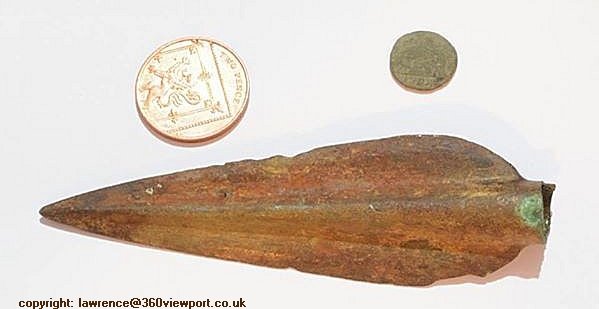

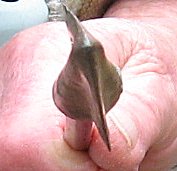
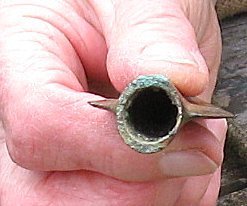
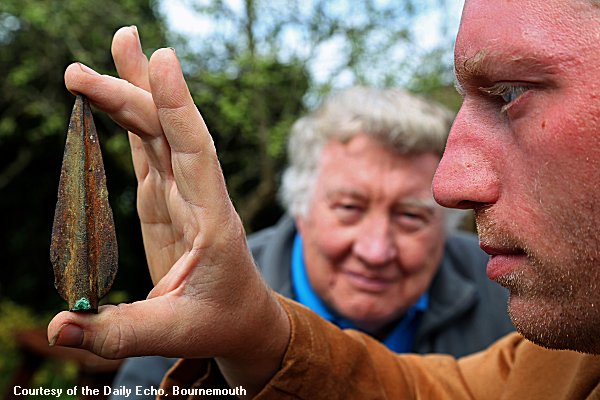
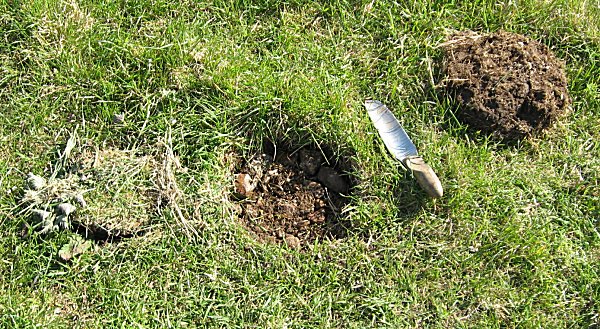
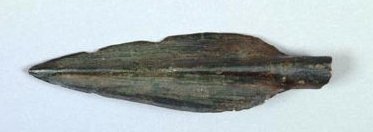


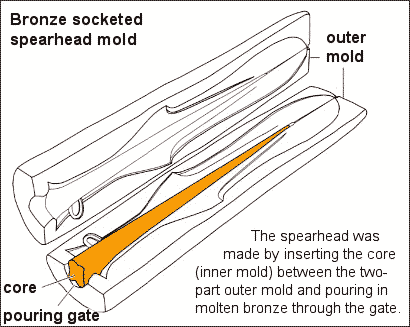
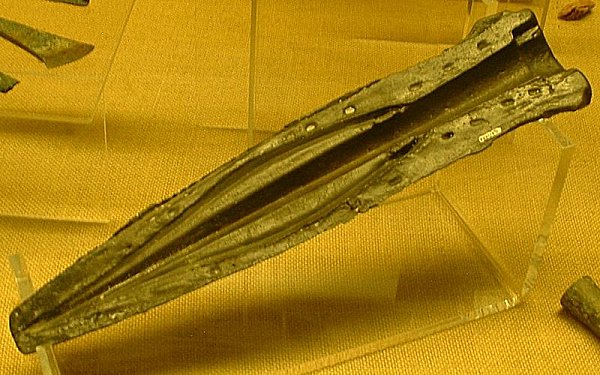
 ----
---- All Rights Reserved.
All Rights Reserved.